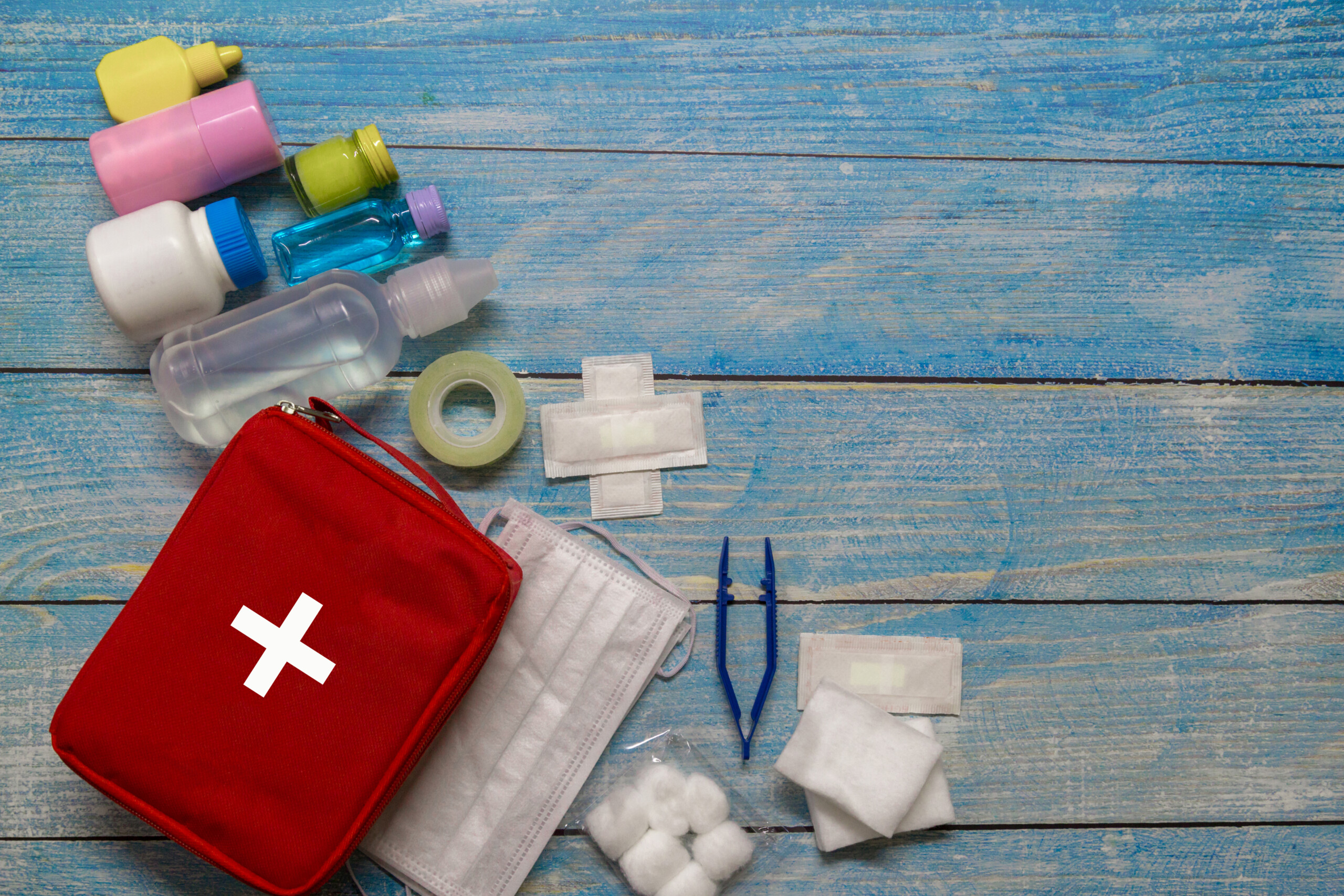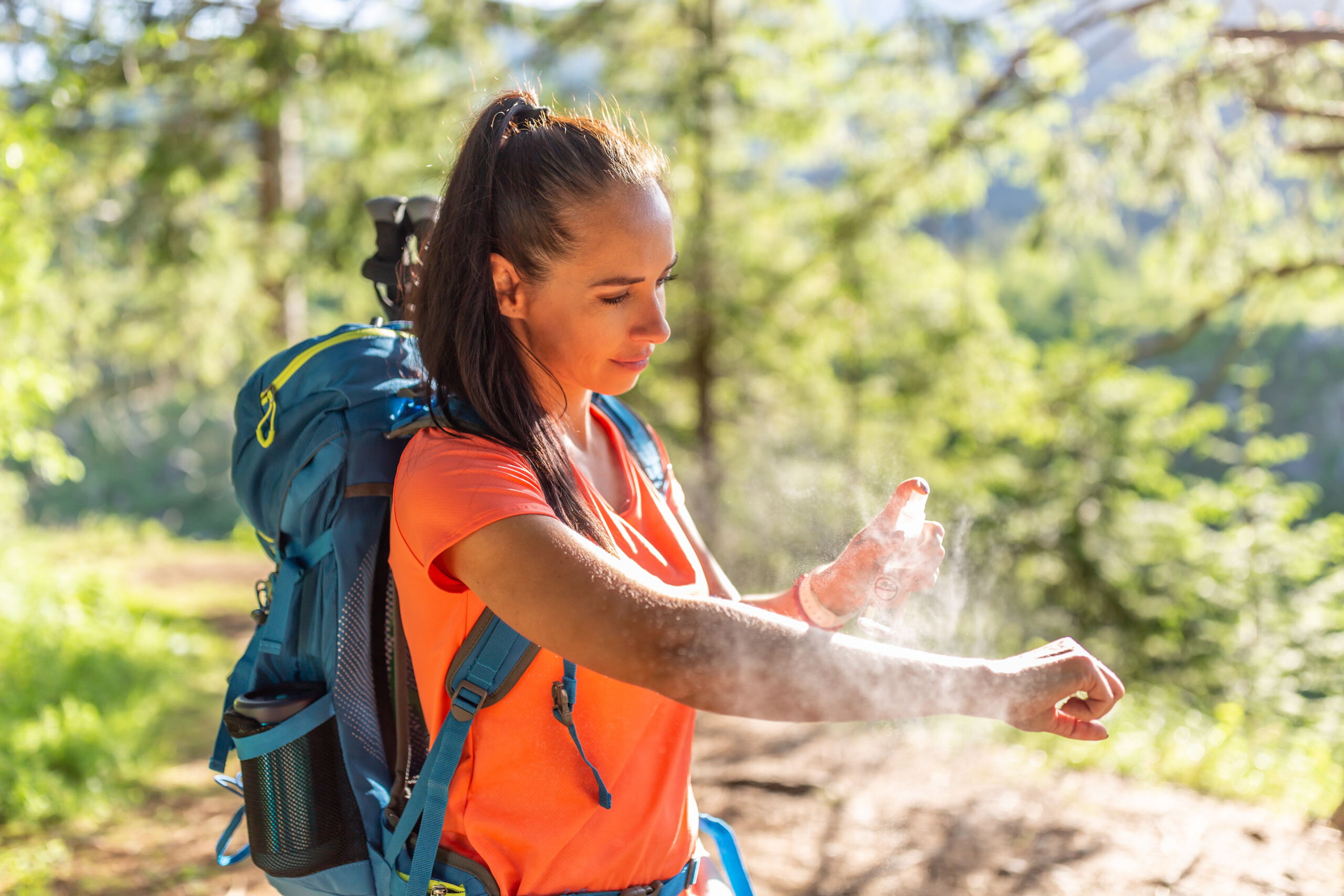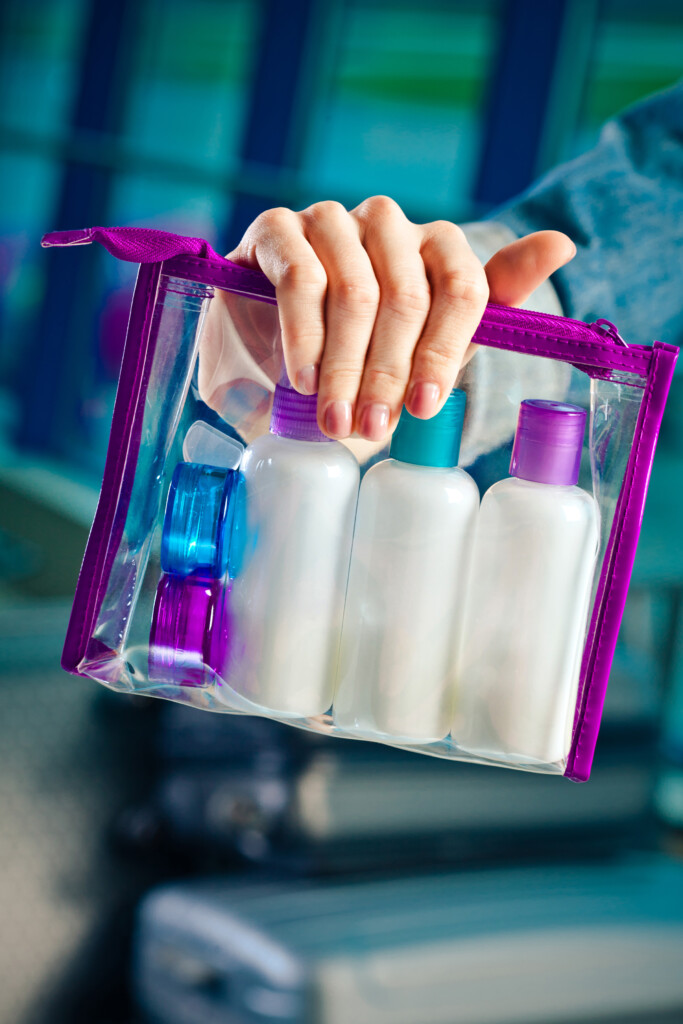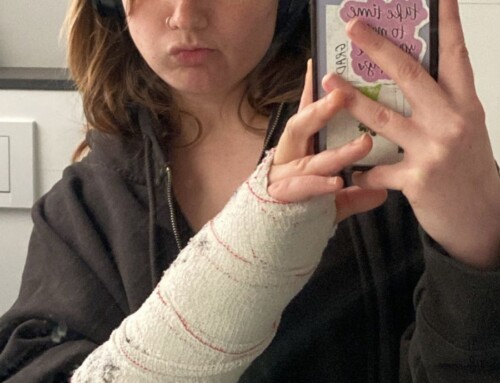Your tickets are purchased, your health clearance has been sorted out, and your bags are packed—almost. You just have one final piece of luggage to square away for your study abroad experience: your travel health kit. This item may not seem necessary—unless you’re venturing to the great outdoors for a camping excursion—but it’s crucial no matter where you’re headed because, frankly, you’ll never regret being prepared for an emergency—especially not when you’re focused on having the time of your life in another country.
It’s important to note that an emergency health kit is not intended to meet the needs of students with chronic illnesses or other medical conditions requiring one-on-one consultations with a doctor. So if you are, for instance, traveling with an inhaler or another prescription medication or protocol, you’ll need to manage that with the health clearance process. A travel health kit is also not a replacement for medical attention if you get sick abroad.
Additionally, it’s crucial to note that, due to its hefty size and liquid materials, your travel health kit will be stored in your checked luggage.
Anything you may want while on board the plane (prescription medication, motion sickness medication, lubricating eye drops, etc.) should be kept in your carry-on.
So, what do you need to stash in your travel health kit and why? Let’s explore.
First-Aid Items
Alcohol Swabs
There’s a whole lot of science we could go into here, but simply put, alcohol swabs degrease and sanitize surfaces. If you get a small cut, you can use an alcohol swab to quickly disinfect it before slapping on some antibiotic ointment and a bandage (provided the wound is not significant enough to require medical attention).
Fun fact? If in a pinch, you can also use rubbing alcohol as deodorant.
Topical Ointments
Antihistamine cream is essential to have on hand (you’ll be thankful if you get a an itchy bug bite). Another must-have is antibacterial cream, such as Neosporin, which can be used to heal minor wounds like scrapes and blisters.
Aloe Vera Gel
Spend too much time sunbathing, and your sunscreen (which we cover further down) didn’t 100% protect you from burning? With its soothing and moisturizing agents, aloe vera gel will provide much-needed relief. Aloe vera gel can also help heal minor wounds.
Bandages and Gauze
Bandages (think Band-Aids, called plasters in many parts of the world) are useful for protecting very minor wounds (feel free to apply a dab of antibacterial ointment beforehand). Gauze is also important to have in your travel heath kit—just in case.
Tweezers
These commonplace bathroom items aren’t just grooming essentials. They’re also handy for yanking out splinters, and removing insects, stingers, or debris when cleaning a wound.
Lubricating Eye Drops
Lubricating eye drops are helpful if you’ve been staring at the computer all day—which can cause or aggravate dry eyes—or if your allergies are acting up. If you wear contact lenses, check with your eye doctor to determine which lubricating eye drops are right for you.
Oral Rehydration Solution
If you come down with a stomach bug or eat something bad, you could become dehydrated. Dehydration can lead to severe complications; steer clear of them by using an oral rehydration solution. Pedialyte is a classic brand, and it comes in nifty travel-sized packs.
Digital Thermometer
When you’re feeling ill, knowing if you have a fever is important. Pack a digital thermometer in your travel health kit.
Here’s what to do if you get sick while abroad.
Outdoor Essentials
Sunscreen
You should be able to find sunscreen locally, but packing some in your travel health kit is wise if you find yourself off the beaten path, or in locations such as Australia, where the sun can be brutal. Dermatologists recommend using sunscreen with a SPF of 30 or higher.
Insect Repellent
Some study abroad locations, like Costa Rica, are buzzing with bugs—and the last thing you need to deal with is a gnarly bite from one. Insect repellent should be packed in your travel health kit. If it’s mosquitos you’re staving off, use a repellent with one of the following active ingredients: DEET, picaridin, IR3535, oil of lemon eucalyptus, or para-menthane-diol.
Antibacterial Wipes
If you’re, say, on a hiking excursion, and don’t have easy access to water and soap, antibacterial wipes will be a lifesaver. They’re also useful for wiping down surfaces before you eat.
Over-the-Counter Medications (OTC)
Antacids
Antacids relieve symptoms of heartburn and indigestion by reducing and neutralizing acid in your stomach. Take some Tums and/or Pepcid AC with you to fight off any lousy aftereffects of an indulgent meal.
Antihistamines
Antihistamines are used for treating both minor allergic reactions (e.g., a light rash) and seasonal allergies. You have no shortage of options when it comes to this cohort of drugs. You can get a generic (cheaper) version of Claritin by buying loratadine. Benadryl (note, it can make you drowsy) can also be bought in generic form as diphenhydramine.
Bismuth Subsalicylate
You’ll want to have bismuth subsalicylate on hand in case you end up with a mild stomach bug. This OTC medication—commonly referred to by its brand name, Pepto-Bismol—is used to treat diarrhea, heartburn, nausea, and a generally upset stomach.
Anti-Motility Medication
If you have acute diarrhea and are scheduled to see a doctor, it’s wise to take anti-motility meds in the meantime. The most commonly used one is loperamide, which you may recognize by its brand name, Imodium.
Stool Softeners
Sometimes a change in diet or eating habits can make one a little backed up. Bring some stool softeners in case this happens to you.
Motion Sickness Medication
Not great with turbulence on planes, rocky waves on a boat, or even bumpy train rides? You never know when an adventure will call that involves movement that could induce motion sickness. Be prepared with OTC meds such as Dramamine, which helps your body maintain its sense of balance.
Pain Reliever/Fever Reducer
One of the most important “ingredients”, if you will, in your travel health kit is a combined pain reliever and fever reducer. Acetaminophen is a pretty solid choice in this department.
Packing Hacks
Choose a seal-proof container to securely store your travel health kit items. Once you’ve got it all organized, stow your travel health kit in your checked luggage. If you think you’ll need access to one of your items while on the flight, keep them separate in your carry-on, but make sure that they meet TSA requirements. For instance, liquids are limited to travel-sized containers that are 3.4 ounces (100 milliliters) or less per item.
Need a refill?
If you’re in Botswana and run out of mosquito repellent, or you catch a cold in Amman and use up all your cold medicine, what are you to do? If this happens, consult with a local pharmacist to get more of whatever you need—or to obtain something similar.
Be sure to follow the same precautions with the items and medicines in your travel health kit as you would at home, and use only as recommended by your doctor. While not all of these items may be relevant to you and your academic travel plans, you’ll feel more confident that you can take care of yourself while abroad if you bring what you might need.











Leave A Comment